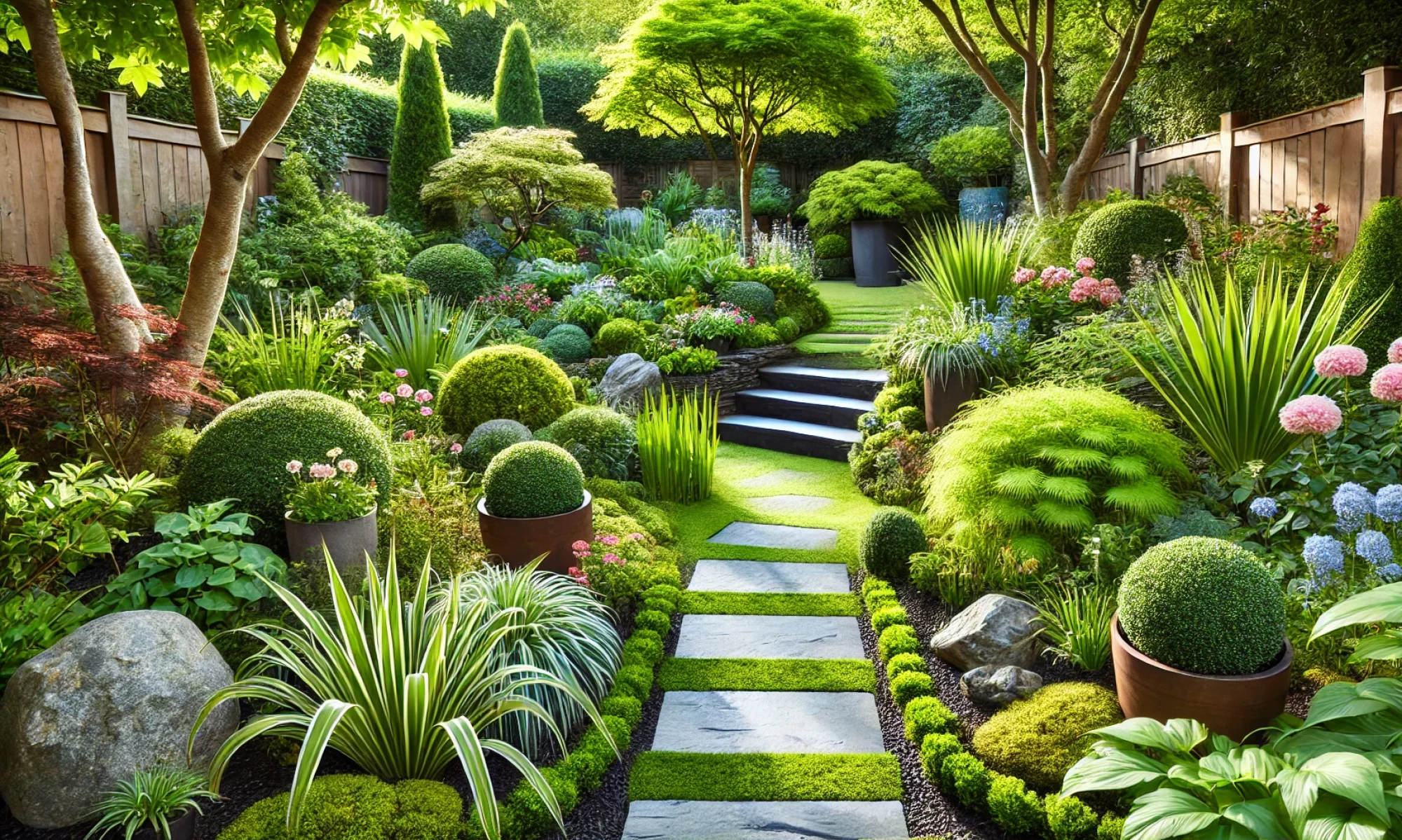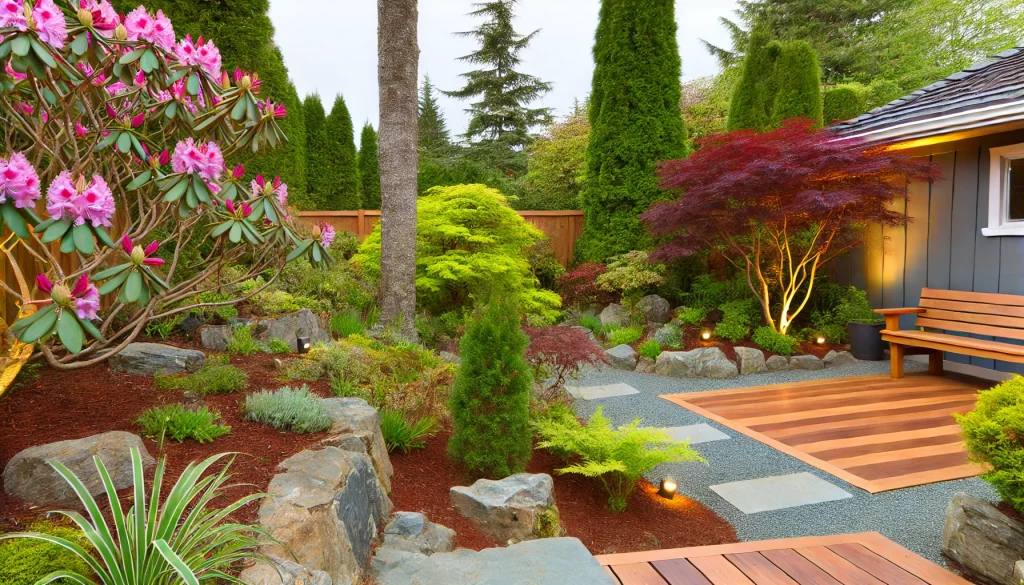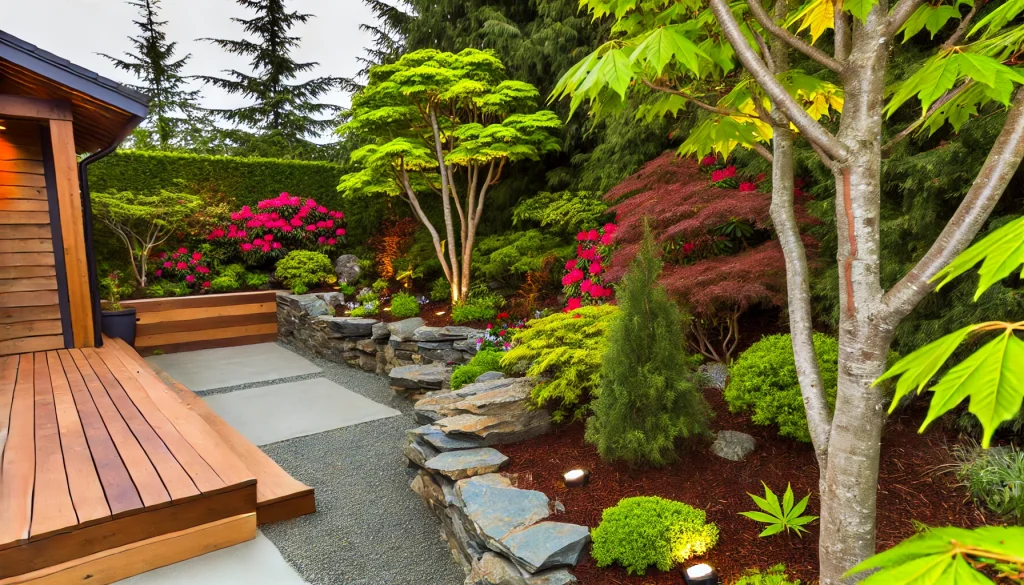Plant Knowledge: The Key to Successful Landscaping
When it comes to creating a beautiful, long-lasting outdoor space, plant knowledge is more than just a “nice-to-have”—it’s the foundation of every successful landscaping project. Whether you’re designing a lush garden retreat or a sleek, modern yard, understanding your plants is critical to ensuring that your landscaping thrives, grows sustainably, and stands the test of time.
The Role of Plant Knowledge in Landscaping
A garden isn’t just about how it looks on day one. It’s about how it lives, adapts, and grows in harmony with its environment. Here are a few ways plant expertise plays a pivotal role:
- Choosing the Right Plants for the Climate:
Every region has unique weather patterns, soil types, and seasonal conditions. The wrong plants—no matter how stunning—may struggle to survive if they aren’t suited to your local climate. By selecting species that thrive naturally in your area, you’ll reduce maintenance, avoid costly replacements, and promote a healthy ecosystem. - Designing for Growth and Longevity:
Planting is about more than aesthetics; it’s about foresight. How will a small shrub grow in five years? Will those trees cast shade over areas that need sunlight? With expert planning, you won’t just have a garden that looks great today—you’ll have one that evolves beautifully over time. - Maintaining Balance in the Ecosystem:
A well-thought-out garden doesn’t just serve your visual needs; it supports local wildlife, promotes soil health, and reduces water consumption. Proper plant selection—like integrating native plants or drought-resistant varieties—keeps your landscape functional and environmentally friendly. - Minimizing Pests and Diseases:
Knowledge of plant health helps prevent common issues such as pest infestations or fungal diseases. By placing plants in their optimal environment with proper spacing, light, and nutrients, you’re setting your landscape up for success.
Why It Matters: Beyond Beautiful Design
At our core, we believe landscaping is more than creating an outdoor space that looks good—it’s about creating a garden that lives well. With a deep understanding of plants, we ensure every detail of your garden works harmoniously, from the soil beneath your feet to the leaves swaying above your head.
When you partner with us:
- You’ll receive designs tailored to your climate, soil, and space.
- Every plant in your garden is chosen for long-term health and beauty.
- You’ll enjoy a low-maintenance, sustainable landscape that truly thrives.
A Sustainable Approach, Backed by Expertise
“We don’t just design beautiful gardens—we build living, breathing landscapes that last.”
With years of experience and a commitment to plant knowledge, we specialize in creating landscapes that are not only visually stunning but also sustainable and resilient. When you work with us, you’re working with professionals who prioritize the health of your garden as much as its aesthetics.


